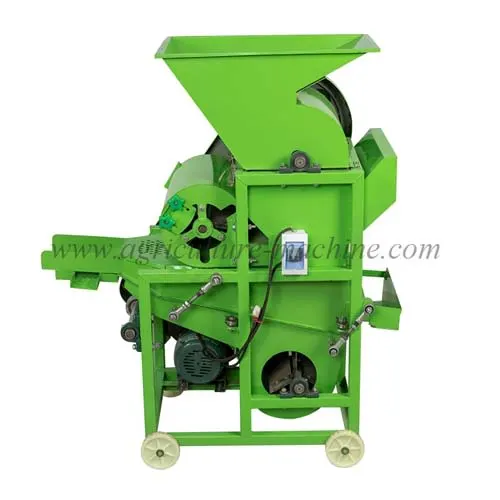How does the peanut sheller work?
Peanut sheller is more commonly used in agricultural machinery. It can be guessed from the name. It is probably used for it. However, you may not know the construction and working methods of the peanut peeler. So let’s take a closer look at its features.

First, the structure of the peanut sheller:
The structural principles of various types of peanut shelling machines are basically similar, all of which are manual feeding, double-rolling secondary shelling, wind primary selection, gravity separation screening selection, secondary degranulation peanut fruit, and automatic feeding. TBX-200 peanut peeling machine is mainly composed of the electric motor, frame, feeding hopper, threshing drum, fan, gravity sorting screen, and secondary hoist. The structure is simple and compact.
Second, the working principle of the peanut shelling machine:
Peanut fruit is manually fed to the hopper and first rolled into the drum. Due to the force between the rotation of the pattern and the concave plate of the shed, the peanut shell, and the kernel are peeled off, and the peeled peanut kernel and the shell are simultaneously dropped through the grid. When passing through the air duct, most of the peanut shells are blown out of the machine by the wind, and the peanut kernels and a small part of the broken shells are separated by a specific gravity sorting sieve, and respectively moved to the two ends on the vibrating screen, and the nuts are discharged through the discharge port, and the shells are broken. From the other end, the fan is blown out through the plate fan, and the unpeeled peanuts are not separated into the second conveying device, and the feeding hopper enters the feeding population to re-sell.



